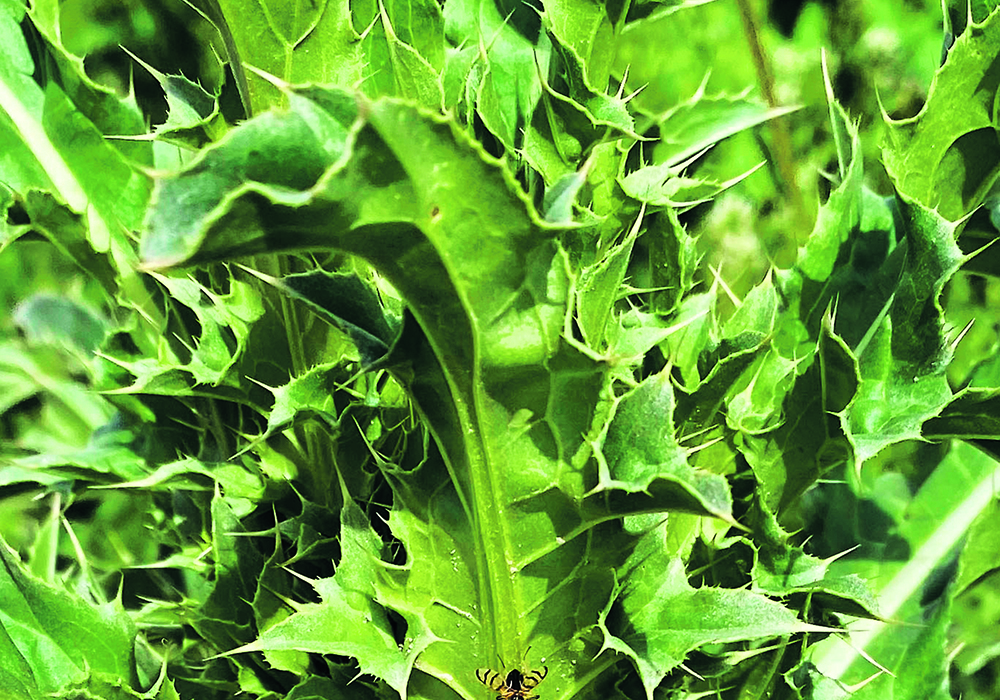The annual smartweed is a dicot that produces 3,000 seeds per plant and can grow up to a metre tall.
Plant densities of 150 per sq. metre can reduce wheat yields by 35 percent and canola yields by 25 percent. Fifteen to 20 plants per sq. metre in canola will reduce yields by five percent.
Formally known as polygonum hydropiper, smartweed is a large plant that makes combining difficult. Its seeds are a challenge to clean from flax.
Leaves are tapered to both ends and grow as large as 13 centimetres long and 1.5 cm wide.
Read Also

Gap in emission regulations hamstrings Canadian hybrid truck manufacturer
A B.C. company building hybrid engines for heavy trucks says they have the opportunity to build something leading edge in Canada, but our own laws are stopping them from doing it.
A green and red papery sheath covers the base of the stem. Flowers form in dense clusters at the ends of the stems and branches and are green and occasionally pink.
It enjoys wet soil conditions and has spread in the past few years in Saskatchewan and Manitoba because of additional moisture.
Cereal crops, canola and peas are the best choices for an infested field because control requires strong competition and aggressive herbicides.
Control includes bromoxynil, MCPA, dicamba in combination with MCPA and 2,4-D and other combinations such as PP –31155 and Achieve. Sencor and Odyssey are used in pulses.














